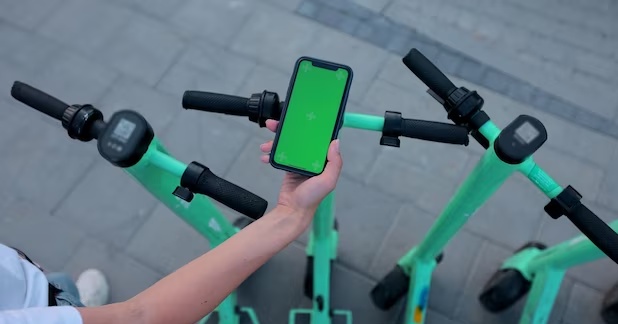In recent years, the urban transportation landscape has witnessed a significant transformation with the rise of electric scooters (e-scooters) as a convenient and eco-friendly mode of transportation. This case study explores the successful launch and growth of an e-scooter app in a major metropolitan area, highlighting key strategies and factors that contributed to its triumph.
Market Research and Planning
Before the app launch, extensive market research was conducted to understand the target audience, competitive landscape, and regulatory environment. The company recognized the need for a reliable and user-friendly e-scooter solution to address the last-mile transportation challenge faced by commuters. By identifying densely populated areas with high foot traffic, the company strategically planned deployment zones to maximize app usage.
User-Centric Design and Development
User experience was at the core of the app's design and development process. The interface was designed to be intuitive, allowing users to quickly locate, unlock, and ride e-scooters with minimal effort. A seamless and secure payment system was integrated, offering multiple payment options for users' convenience. Real-time GPS tracking of available e-scooters was implemented to reduce search time and enhance user satisfaction.
Partnerships and Collaborations
To overcome regulatory challenges and ensure smooth operations, the company collaborated closely with local municipalities and transportation authorities. This proactive approach helped in establishing a positive relationship with regulatory bodies and ensured compliance with safety and operational guidelines. Additionally, partnerships with local businesses and events were forged to increase brand visibility and attract potential users.
Staged Launch and Marketing
The app was launched in stages, focusing on specific neighborhoods initially before gradually expanding its reach. This approach allowed the company to manage operational challenges effectively, gather user feedback, and make necessary improvements before a full-scale rollout. A multi-channel marketing strategy was employed, utilizing social media, influencer partnerships, and online advertisements to create buzz and attract early adopters.
User Education and Safety
Recognizing the importance of user education and safety, the company implemented in-app tutorials on safe riding practices and local traffic rules. Prominent reminders about helmet usage and parking regulations were integrated into the app to encourage responsible behavior. By prioritizing user safety and providing relevant information, the app earned trust and credibility among its user base.
Data-Driven Optimization
The app continuously collected and analyzed user data to gain insights into user behavior, popular routes, peak usage times, and drop-off zones. This data-driven approach allowed the company to optimize e-scooter placements, allocate resources efficiently, and offer targeted promotions to incentivize off-peak usage. Regular app updates were rolled out based on user feedback and emerging trends.
Scaling and Sustainability
As user adoption increased, the company focused on scaling its operations while maintaining service quality. Strategic partnerships with e-scooter manufacturers ensured a steady supply of high-quality vehicles. The app's success also attracted investors, providing the necessary capital for expansion into new cities and markets. Sustainability initiatives, such as swappable batteries and energy-efficient charging stations, were introduced to align with eco-conscious consumer preferences.
Community Engagement
To foster a sense of community, the company organized local events, contests, and charity initiatives related to e-scooter usage. User-generated content was encouraged, with features that allowed riders to share their experiences and routes. This sense of belonging not only retained existing users but also attracted new ones through positive word-of-mouth.
Conclusion
The success of the escooter app development and its subsequent growth can be attributed to a combination of meticulous planning, user-centric design, strategic partnerships, data-driven optimization, and a commitment to user safety and community engagement. By addressing the unique challenges of the urban transportation landscape and staying responsive to user needs, the app was able to establish itself as a reliable, convenient, and sustainable mode of transportation, contributing to the evolution of urban mobility.


No comments yet